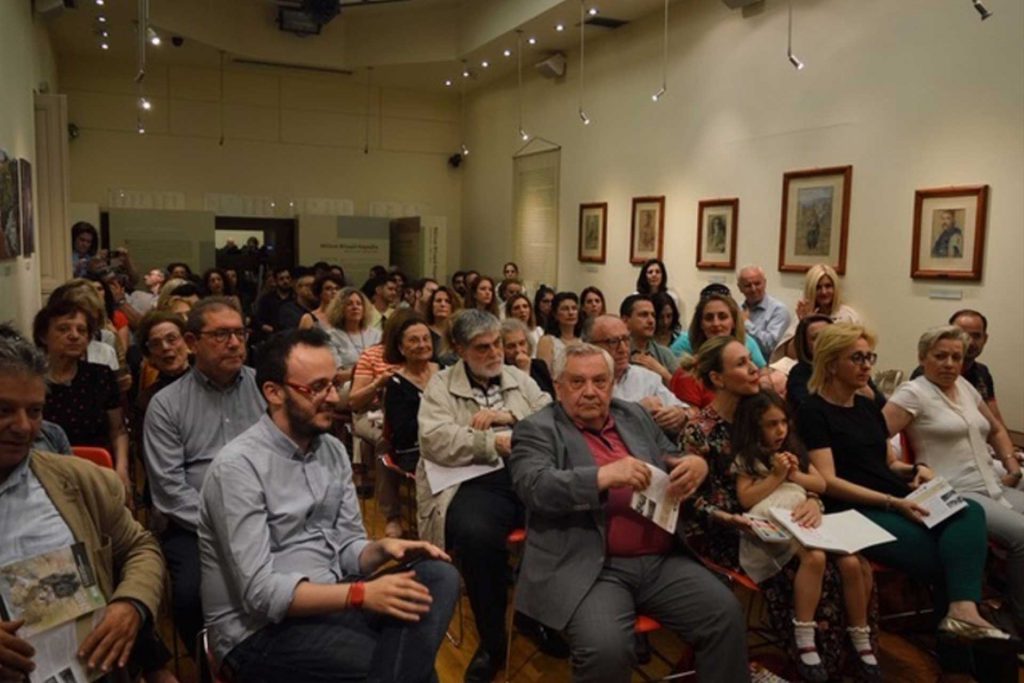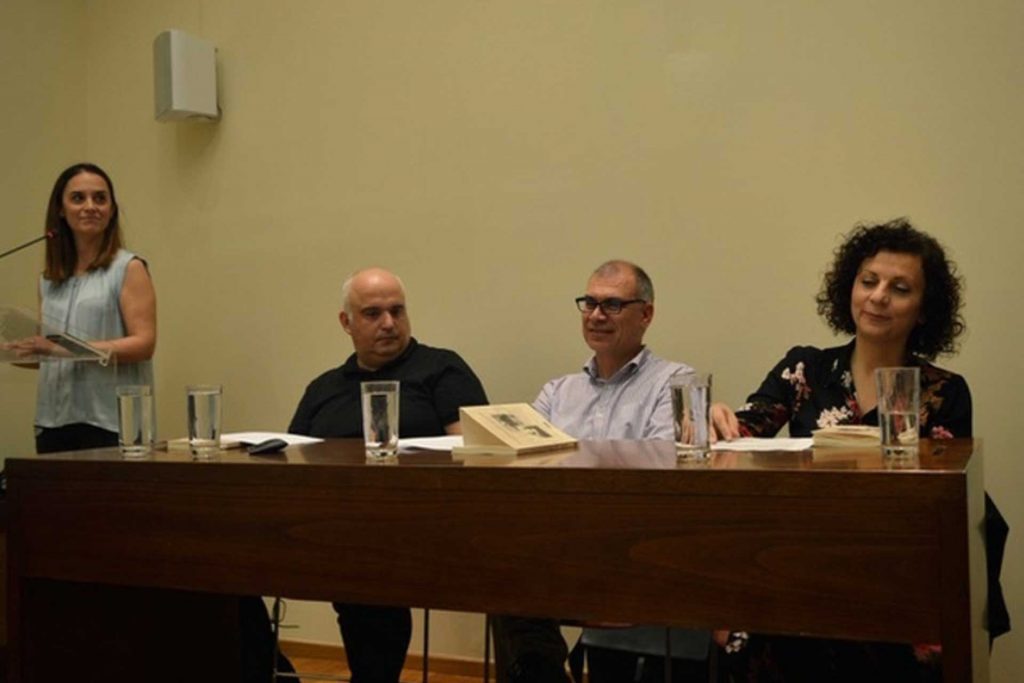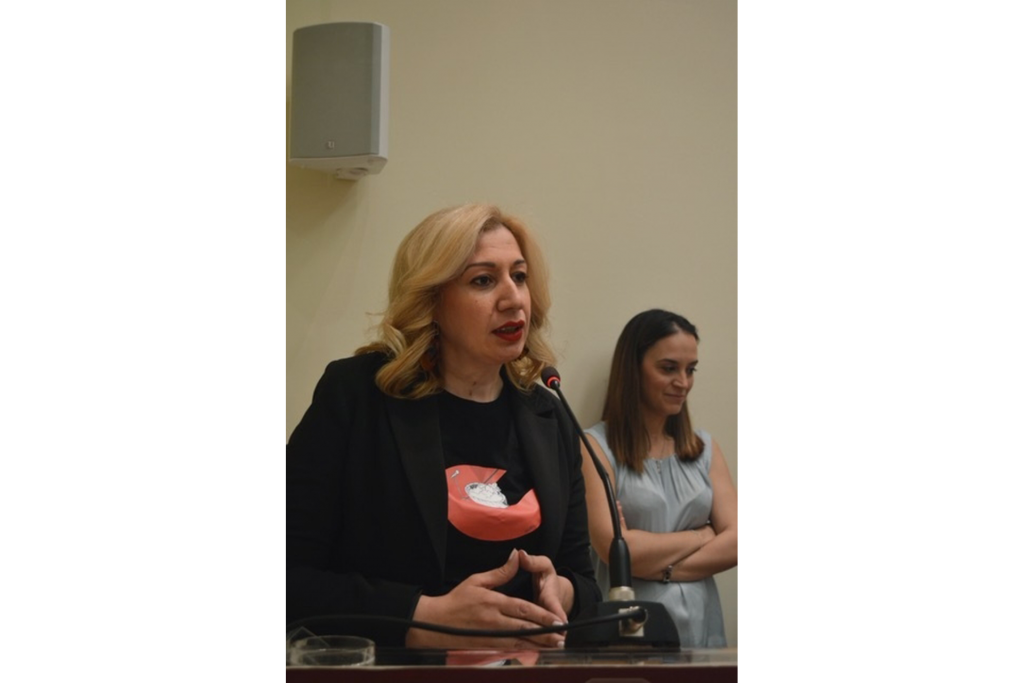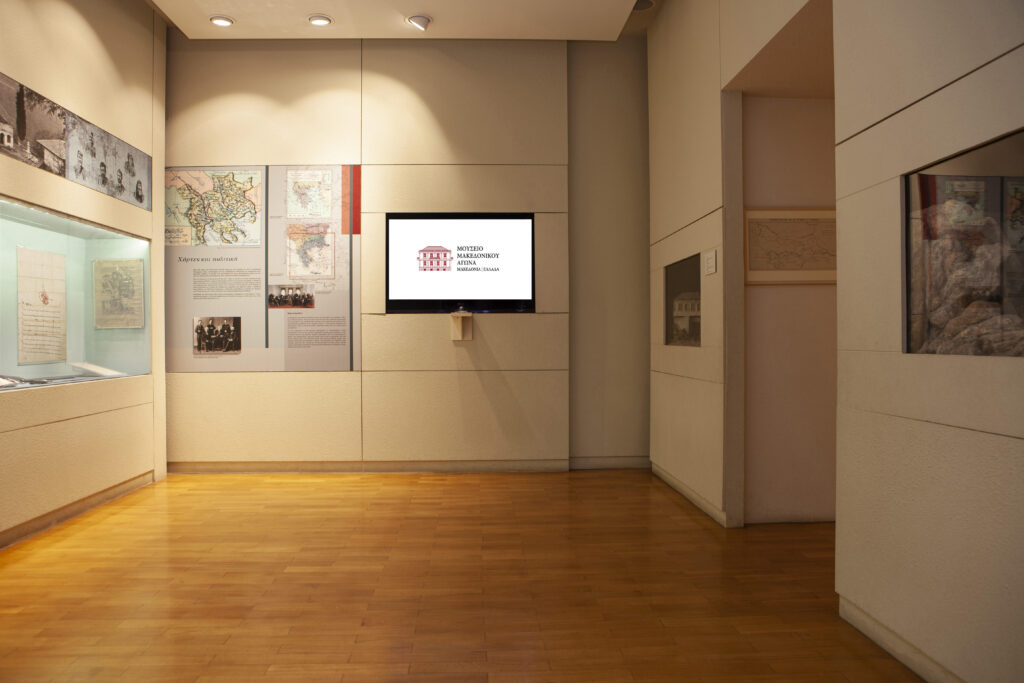Presentation of the book “Realism and Modernism in Serbian Literature”
Book Presentation 11 June 2019
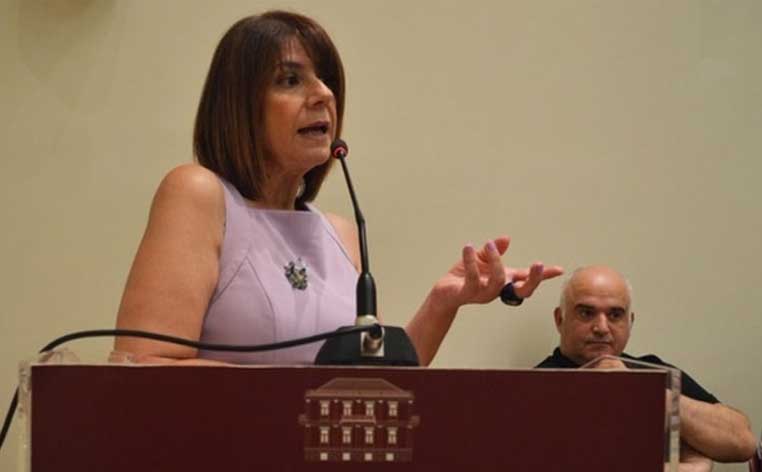
Museum of the Macedonian Struggle
“Realism and Modernism in Serbian Literature” is the title of Ms. Stavroula Mavrogeni, Associate Professor at the University of Macedonia and Director of the Centre for Research in Macedonian History and Documentation of the Museum of the Macedonian Struggle. The book, published by the University of Macedonia Publications, was recently presented at an event at the Museum of the Macedonian Struggle.
The Director of the Museum’s Foundation, Mrs. Fani Tsatsaia, pointed out that this book presentation is taking place in the context of the exhibition Thalia Flora Karavia – Nadezhda Petrovic and the promotion of the cultural culture and cooperation between the two countries, Greece and Serbia.
For her part, the Director of the Publications of the University of Macedonia, Mrs. Ioanna Dandelia, stressed that “the publications of the University of Macedonia completed the cycle of book presentations for 2019 in a hospitable and special place for the city of Thessaloniki. We feel happy and extremely privileged for our cooperation so far. It is the second time that a book of ours is hosted in a space of the Museum of the Macedonian Struggle and even with a first sample of literary texts from our publishing house. We were extremely fortunate for the beautiful coincidence of the presentation of the exhibition of paintings by women artists, one of whom is from Serbia, in the book presentation hall. The book by Ms. Mavrogeni will now be addressed both to students and to the general reading public, and this makes us proud and happy at the same time”.
In the first part of the book, the reader is introduced to the two great literary movements of Serbia and Greece, realism and modernism, and the author examines these two societies through their image in literature.
The social reality is now emerging in an objective way. In the works of the writers of the period, both the Russian influence and the documentation of the patriarchal society, which was the foundation of the organization of the two societies, are evident. As the author observes, the strengthening of the influence of Russian literature, the influence of the important personality of the Serbian Svetozar Markovic and the transmission of socialist ideas in Serbian society contributed to the polarization among Serbian intellectuals and artists of the time. In the second part of this new book, the reader reads texts by Stevan Sremac and Isidora Sekulic, translated and edited by Ms. Mavrogeni.
Photos: Nikoleta Savvaki
Struggles for Liberation
Permanent Exhibition

